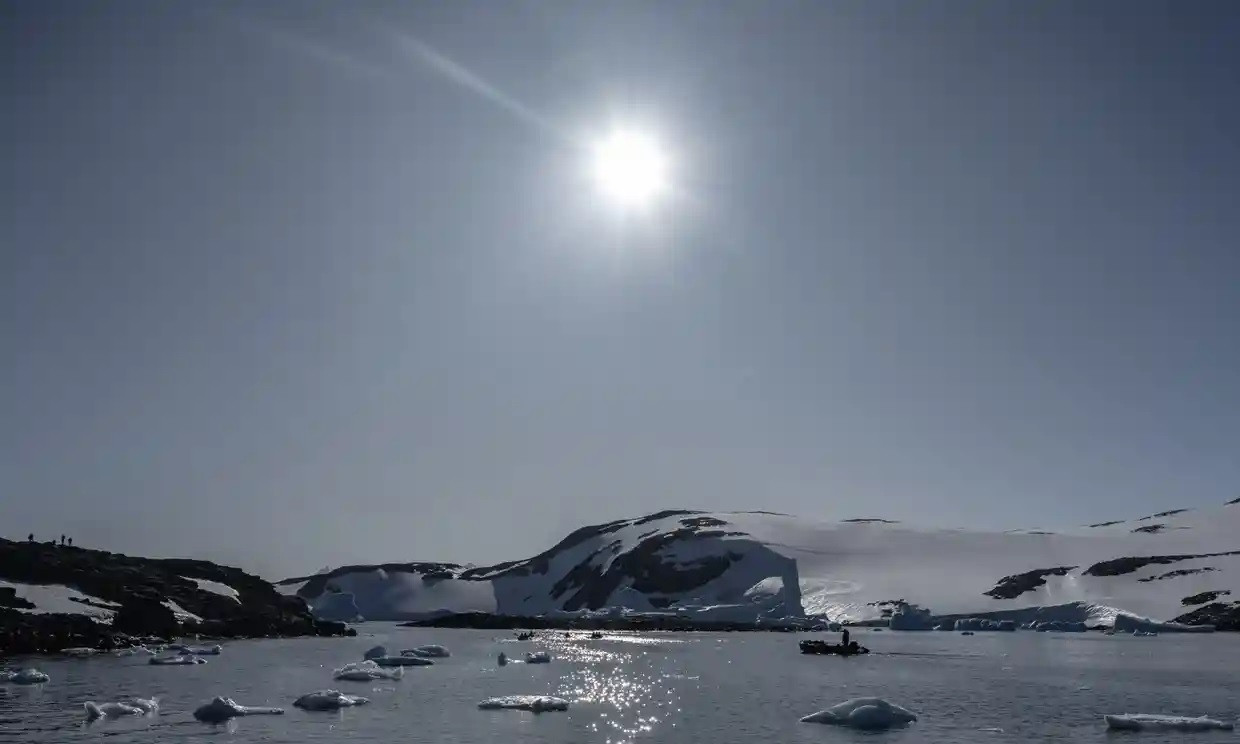On November 13, the Commonwealth Scientific and Industrial Research Organization (CSIRO) said that Australian scientists will begin studying the impact of climate change on the world's strongest ocean current.

A team of scientists will embark on a month-long research trip aboard the Investigator to assess the role of the Antarctic Circumpolar Current in the melting of ice shelves in the region. In addition to CSIRO researchers, the project will also include experts from the Australian Government-funded Antarctic Partnership Initiative.
The Antarctic Circumpolar Current, a clockwise current that flows from west to east around the continent, is considered the strongest ocean current in the world. CSIRO Chief Scientist Benoit Legresy said that this current normally acts to prevent warm water from reaching Antarctica and melting the ice, but warm water has now reached the region. The researchers wanted to understand the eddies and dynamics created by the Antarctic Circumpolar Current, which is believed to be the primary cause of the warm water seeping toward Antarctica.
According to Mr. Legresy, there are up to five heat-conducting eddies, also known as “hot spots” around the Antarctic Circumpolar Current, which act as “gateways” for heat to flow south. The task of researchers is to track down and study these gateways to find an explanation for the phenomenon of warm water flowing to the South Pole.
In addition, through this voyage, researchers also had the opportunity to verify for the first time images of the Southern Ocean captured by the Surface Water and Ocean Topography (SWOT) satellite, which was jointly deployed by NASA and the French National Center for Space Studies in December 2022.
According to Tin Tuc newspaper